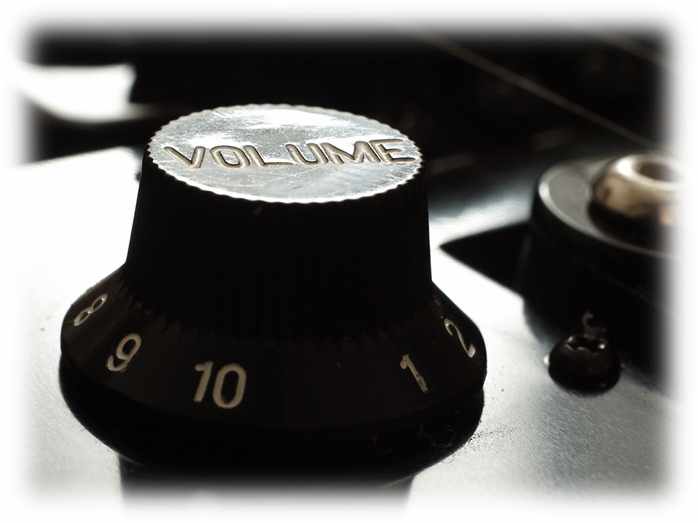Using Volume to enhance your storytelling technique
As a storytelling technique, the volume of your voice speaks er… volumes about the emotions you are conveying.
Generally a story is comprised of a narrative along with dialogue between characters, or dialogue representing the thoughts of characters in the story.
So during any story you tell, you will need to change the volume of your voice to match the scenario within the story.
It would be fairly unconvincing if you were whispering while telling the most exciting part of an adventure story right? (Well unless of course it happens to be while the mice a sneaking past the sleeping cat…)

You also use the volume of your voice to reflect the type of story you are telling, to build the atmosphere and mood, as we have already discussed.
The volume of your voice can also differentiate for your child’s ear, which character you are portraying in the story. This is especially important when the story is your own and there are no pictures for the child to follow.
Remember too that at bedtime, you most likely want to soothe your child into a tranquil, happy state, and not make them too excited or agitated so they become wide awake, when you are expecting them to drop off to the land of nod soon after! Check out the following page if you want help finding some suitable bedtime story books. This also will be managed by both your volume and your tone, which we will look at a little later.
Setting the volume for your story scenarios
- A loud booming voice is often used to voice big animals, grown men characters or a character expressing surprise or anger.
- A low quiet voice is often used to voice small animals such as mice, shy little girls and boys or a character expressing sadness, confusion, fear or wisdom.
- An even, normal volume is mostly used during happy, interesting and amused speech. It is also best for the parts of the narrative between the dialogue, to distinguish this from characters talking. Don’t forget to raise or lower your volume as you approach eventful episodes within the story, as appropriate. It raises your child’s anticipation for what is to come and leaves them hanging on your every word.
- Volume in laughter also portrays the type of laugh appropriate to a character…a mischievous witch, for example, would have a loud cackle, while a character who has played a sneaky trick would probably have a low secret laugh to himself. So don’t forget to adjust the volume of laughter according to your story.
- Whispering parts of the dialogue is a very effective means of lowering your volume to show nervousness, fear, danger or characters simply being mischievous.
As I hope you are starting to see; the elements of voice control in storytelling technique is hard to adress as a single element. You can’t address volume without also talking about tone and emphasis in your story recital (which is the next lesson).
Storytelling homework
- Now you need to do something counter-intuitive: Do what you’re not supposed to. Speak loudly when the story is describing something quiet and speak quietly when something big or bold or loud is happening in the story. This will give you an idea of how uncomfortable it can be when it’s not right. It will also help you become aware of your own natural use of volume.
- Now for the easier bit: Read a few stories with your kids and just be aware of the volumes that you use naturally.
- Lastly, now that you’ve a good focus on what you do naturally, you can start to emphasise the volume in the right places . See what difference it makes to your child’s enjoyment of and engagement in the story.
Chapter summary: Using your voice in storytelling – techniques to make the stories magical.
in the next section: How best to tell a story by using tone and emphasis